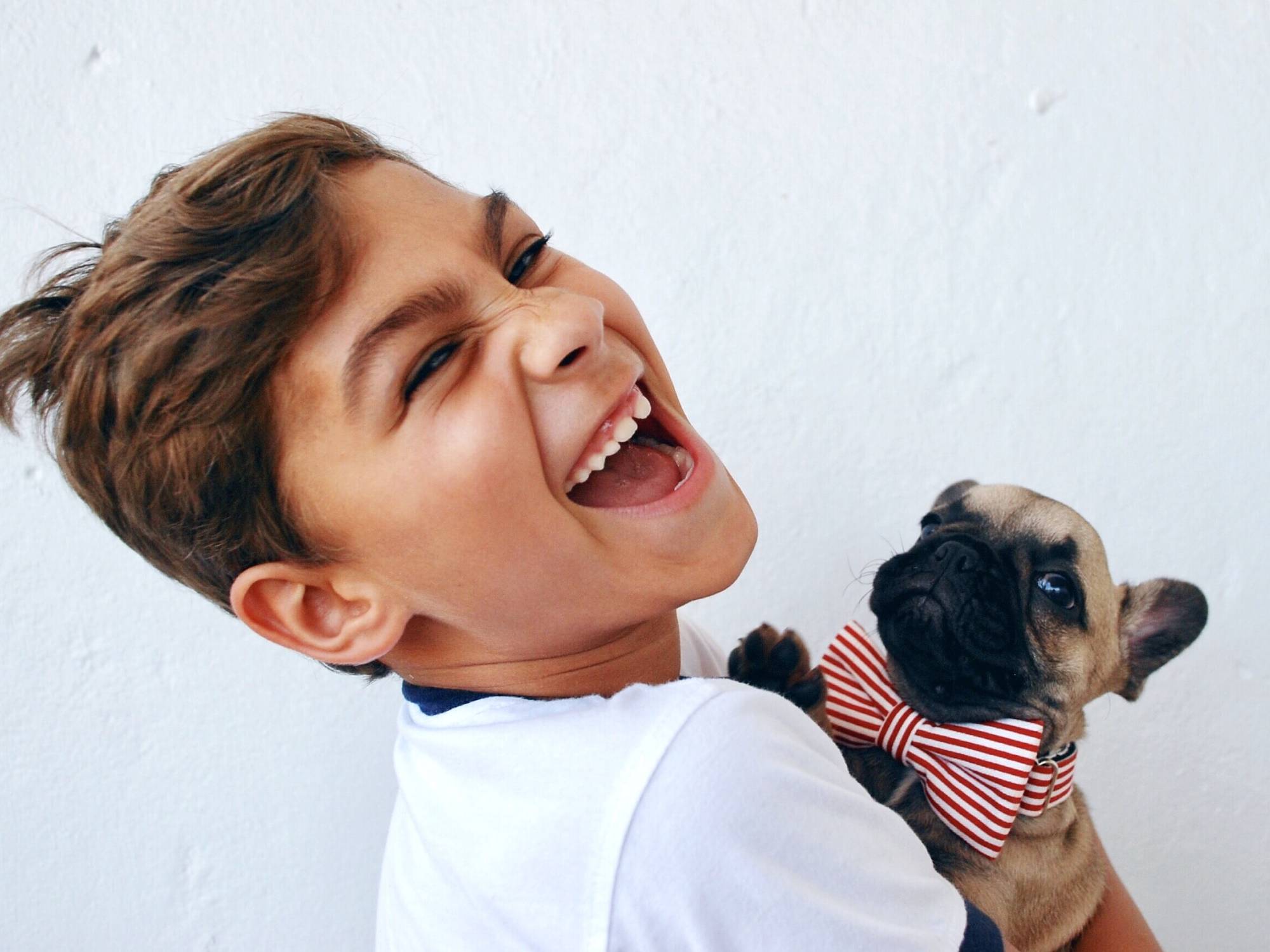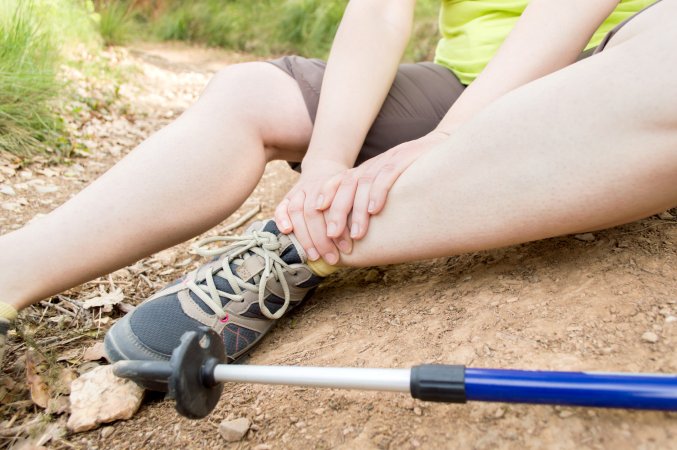

Between 38 and 48 percent of American households have a dog, making it the most popular pet in the US by far. It’s easy to understand why, too—the benefits of owning a pooch include better physical and mental health, as well as being more social.
Many parents look to bring a furry pal into the family as a companion for their children, but also as an opportunity for the younglings to learn how to take responsibility for another being. Caring for a dog, especially a puppy, however, is not easy.
Before you bring one into your home, there are some things you need to consider to make sure that it’s right for your lifestyle.
Make the decision as a family
Before adopting a puppy, you and everyone in your household should have a conversation about whether doing so is right for you. Kate Perry, dog trainer and author of Training for Both Ends of the Leash, recommends that families start with one simple question: Do you have the resources to invest in this puppy?
Dogs require food, training, exercise, toys, space, medical care, just to name some of their needs. You’ll also have to account for other possible expenses such as pet insurance and daycare or boarding. According to Jenna Tregowski, a registered veterinary technician in Georgia, the cost of owning a dog can range from $1,400 to $4,300 a year. Multiply that for a lifespan that can range from 10 to 20 years.
[Related: How cats and dogs see the world]
And that is just money. Man’s best friend, no matter their size or age, also requires two of your most precious resources—time and attention.
As part of your conversation, you’ll need to break down the responsibilities each member of the family will have around the pup. But no matter how much of an active role you want to give your kids, or how much they swear they will take care of the new family pet, all parents should consider themselves the primary caretakers, advises Patricia McConnell, a zoologist and certified applied animal behaviorist. That’s because over a dog’s lifespan, your children will grow up and start having other responsibilities. They may even move out.
“It’s great if kids want to help,” McConnell says. “But I would suggest not counting on it.”
Pick the right dog for you
Not all dogs will fit all families. You want a pooch with energy levels, exercise requirements, and grooming needs that match what you have the time and patience to meet, so understanding which breeds fit your lifestyle is a solid first step. Do your research, take some online quizzes, and make sure you consult with a trainer, a vet, or a volunteer at your local animal shelter. And don’t forget to spend actual time with dogs—visit your local dog park, ask owners about their fur babies, go sit in on a training class, and pet every pup you possibly can.
However, breed is only part of it. Perry says that each dog’s temperament is much more important, particularly if you have children. Ask if the dog you are considering has had experience with kids. Whenever you meet them, make sure you bring the entire family so you can observe the dynamic between you and the pooch. The behavior and temperament of the dog’s parents can also give you an idea of what the pup will grow up to be, McConnell says, so make sure you find out what you can about them.
Don’t forget to consider and rule out potential family allergies. No matter how much you love a puppy, if you or one of your children is allergic, coexisting will be a nightmare for everyone involved. When you find that special pooch, spend some time with them and make sure all members of your family touch them a lot to give your bodies an opportunity to reveal any allergies that might be lurking—before you make a commitment.
Train the puppy—and the whole family

Training a puppy takes a lot of work and patience. It can be frustrating and time-consuming, and sometimes it’ll feel like you’re just spinning your wheels.
But at the end of the day, good training, both for your dog and your entire household, is critical to ensuring a safe and healthy relationship.
“A two-month investment in properly training and socializing the puppy, and your family, can create a lifetime of bliss,” says Perry.
A good instructor will tailor training to your puppy’s personality and temperament, but will also teach you to set expectations and keep your dog excited about learning. A professional will help you maintain consistency in your commands and work through any household-specific challenges.
[Related: The right way to walk your dog]
Have your children attend classes with you, and make sure you give them the opportunity to participate at home when practicing commands. But remember both your kids and your dog have a limited attention span, Perry says—learn where that line is.
Finally, don’t let kids handle training on their own. Young children love to repeat things, and excessive repetition can teach your dog to dislike training. You don’t want to do that, so make sure at least one adult supervises and manages each session, McConnell says.
Establish ground rules
Rules should be clear, consistent, and enforced. Otherwise, your children and the new puppy will be confused about what exactly the boundaries are.
The one rule that stands out above them all, Perry says, is that you should always supervise small children when they’re around a dog. Any dog. And yes, that includes your own puppy. One thing your kid and your four-legged pal have in common is that they are unpredictable, so you’ll need to teach them to be around each other. Fail to do this and your kid might inadvertently hurt their pet, or the pup might respond aggressively to something that was only intended as play.
Your children should never play chase with the dog, or pull their tail. They’ll also need to respect their pet’s safe space, and leave them alone when they are resting in their crate or bed—or even dog house. As for the pooch, rules should be fairly similar. Chasing or roughhousing with the children should be off limits, as should any kind of nipping or using their teeth. Perry recommends helping your dog learn gentleness by smearing some peanut butter or yogurt on a child’s hands and letting the puppy lick it off. If your dog uses its teeth, have your child take their hand away for a short time.
[Related: Did humans truly domesticate dogs? Canine history is more of a mystery than you think.]
A puppy jumping in excitement may be cute when they’re 10 pounds, but many breeds will quickly outgrow your children—or even you. To teach a dog not to jump, Perry teaches kids to stand like a tree—still, hands up, back to the dog—and not re engage until it has stopped jumping. Once they do, mark the behavior with positive reinforcement, like a treat or pets.
After these general guidelines, think about what other specific rules you’ll need your pooch to follow. This includes whether they’ll be allowed on any of the furniture, deciding mealtimes and feeding processes, establishing what areas of the house and yard are off limits for them, and how the dog will interact with other pets you might have. The more you can decide on these rules in advance, the more consistent you can be. Still, you’ll need to remain flexible—as you spend more time with your dog and learn to understand them better, you may want to change or replace some of these guidelines.
Above all, be patient. This is a new experience for everyone, and there will be setbacks. But with a solid investment of time and training in the beginning, your puppy will be able to become a full member of your family, and be a loving companion for you and your children for years to come.















